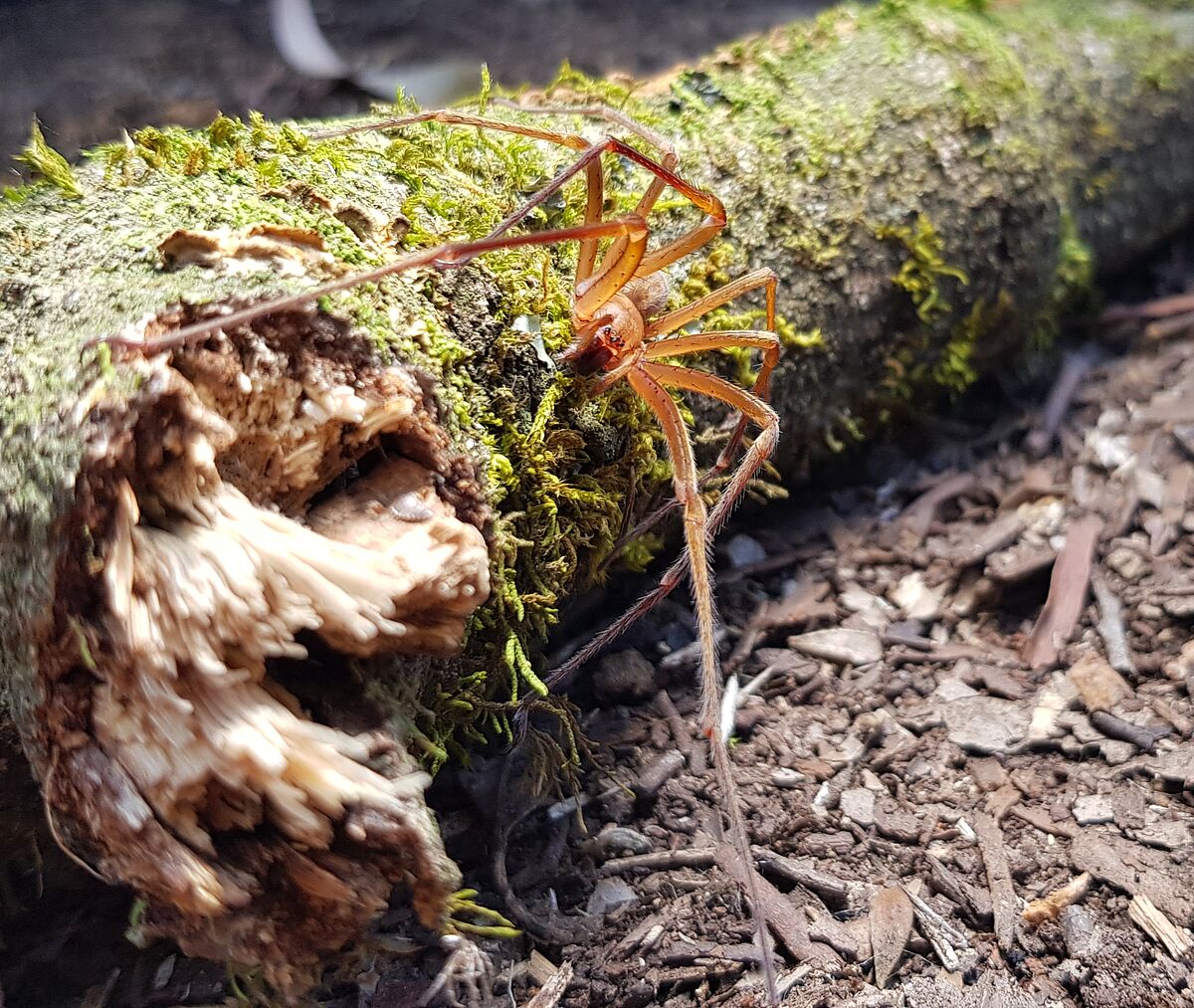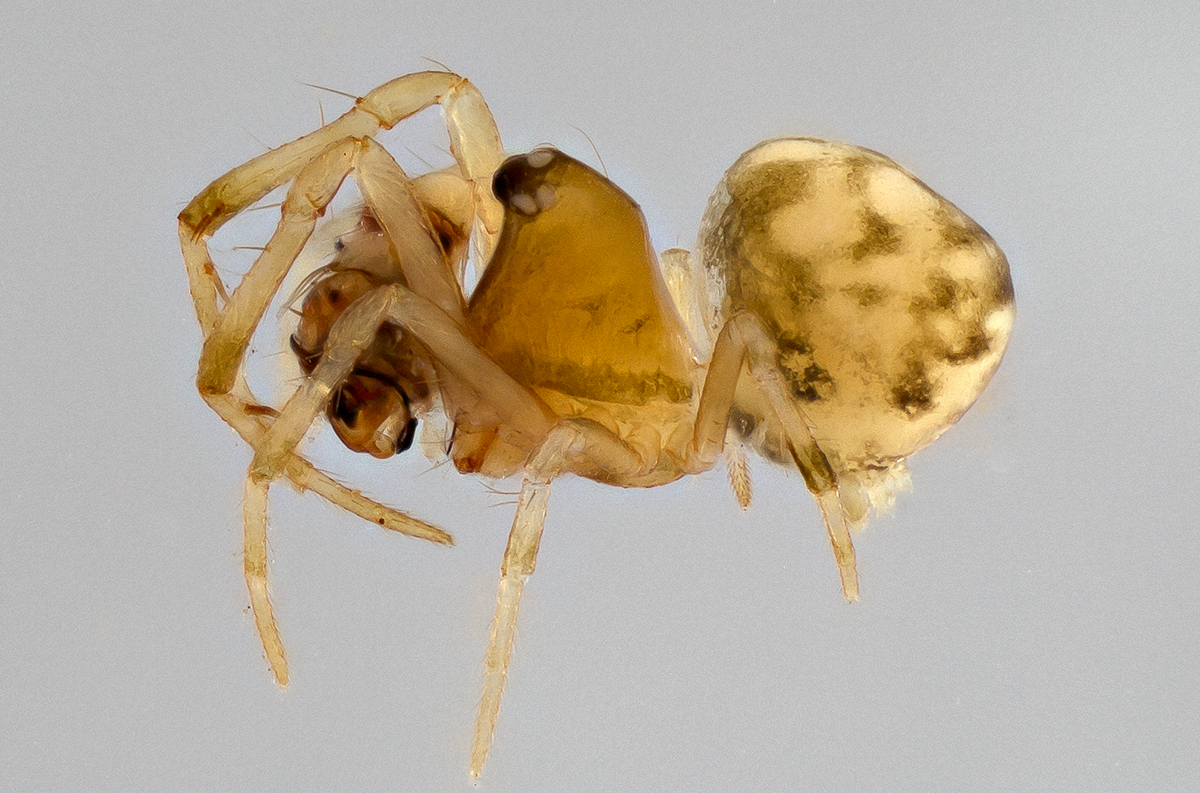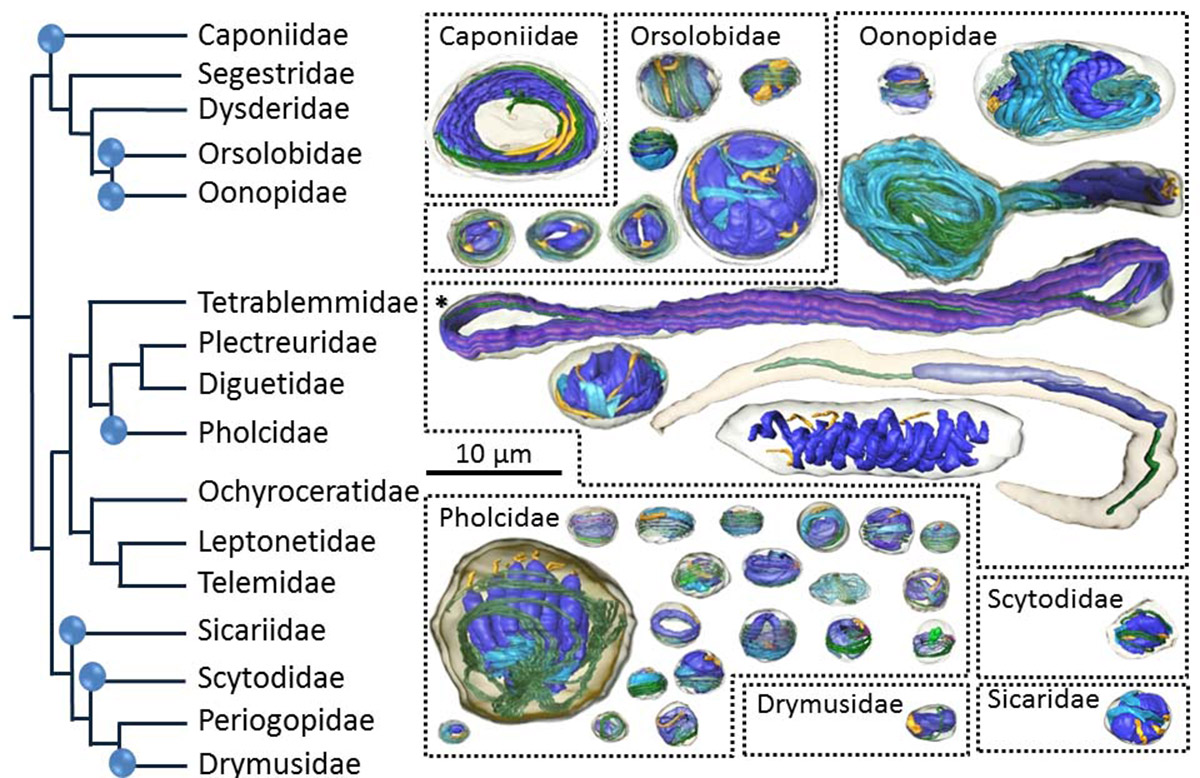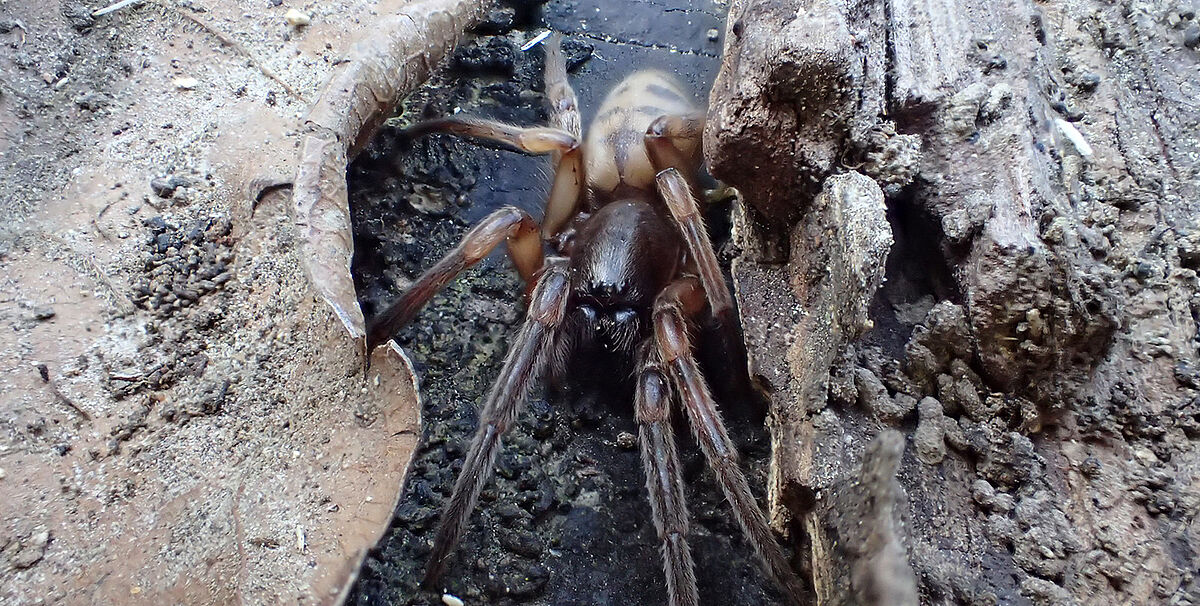Die Forschung am Zoologischen Museum konzentriert sich vor allem auf Untersuchungen zur Taxonomie, Phylogenie und Evolutionsmorphologie von Arthropoden unter Anwendung unterschiedlicher Methoden (z.B. EM, micro-CT). Der Schwerpunkt liegt dabei auf Spinnentieren und Insekten. In einem weiteren Forschungsschwerpunkt werden evolutionsbiologische Fragestellungen zur sexuellen Selektion bei Spinnen (Araneae) bearbeitet, wobei sich diese Untersuchungen insbesondere auf Prozesse während und nach der Kopulation fokussieren.
Desweiteren sind wir an dem Graduiertenkolleg 2010 "RESPONSE" beteiligt (Projekt B4). Mehr Informationen dazu sind unter folgendem Link zu finden: RTG 2010
Selected research projects
PI: Peter Michalik
Collaborators: Martin Ramirez (MACN, Buenos Aires, Argentina), Danilo Harms (CeNak, Hamburg, Germany), Cor Vink (CMNZ, Christchurch, New Zealand), Hannah Wood (Smithsonian, Washington D.C., USA)
Funded by the German Research Foundation (DFG; MI 1255/7-1)

PIs: Lara Lopardo and Peter Michalik
Collaborators: Martin Ramirez (MACN, Buenos Aires, Argentina), Pablo Goloboff (Tucuman, Argentina), Charles Griswold (Californian Academy of Science)
Mysmenids are distributed worldwide and live mainly in leaf litter and other cryptic places in humid habitats. With only around 100 described species, the diversity of mysmenids is clearly undersampled. In the last decades, numerous undescribed species of this family have been collected and/or exist in museum collections around the world. In the current project, we focus on the mysmenid diversity of Argentina and Madagascar from where no species has been reported yet.
The Tree of Life - Mysmenidae
tolweb.org
more information on the spider family Mysmenidae

PI: Peter Michalik
Collaborators: Martin Ramirez (MACN, Buenos Aires, Argentina), Bernhard Huber (ZFMK, Bonn, Germany)
Although a considerable number of species are studied so far, data on sperm morphology are scattered and a comprehensive analysis considering all levels of organization (aggregates, cells and cellular components) is still lacking. Especially Synspermiata are of high interest due to the high complexity in sperm structures as well as in the gross morphology of the male genital system.
In order to reconstruct and understand the evolution of the spermatozoa and also the male genital system in spiders, especially in Araneomorphae, comparative data on basal Araneomorphae (i.e. Austrochiloidea) and Synspermiata are urgently needed. To ensure a consistent and robust character conceptualization, a reinvestigation of certain taxa will be necessary. This will not only allow the application of new techniques, i.e. 3D reconstructions, but also lead to comparable data necessary for explicit homology statements of sperm structures among spiders and other arachnids.
Funded by the German Research Foundation (DFG; MI 1255/5-1, MI 1255/6-1)


